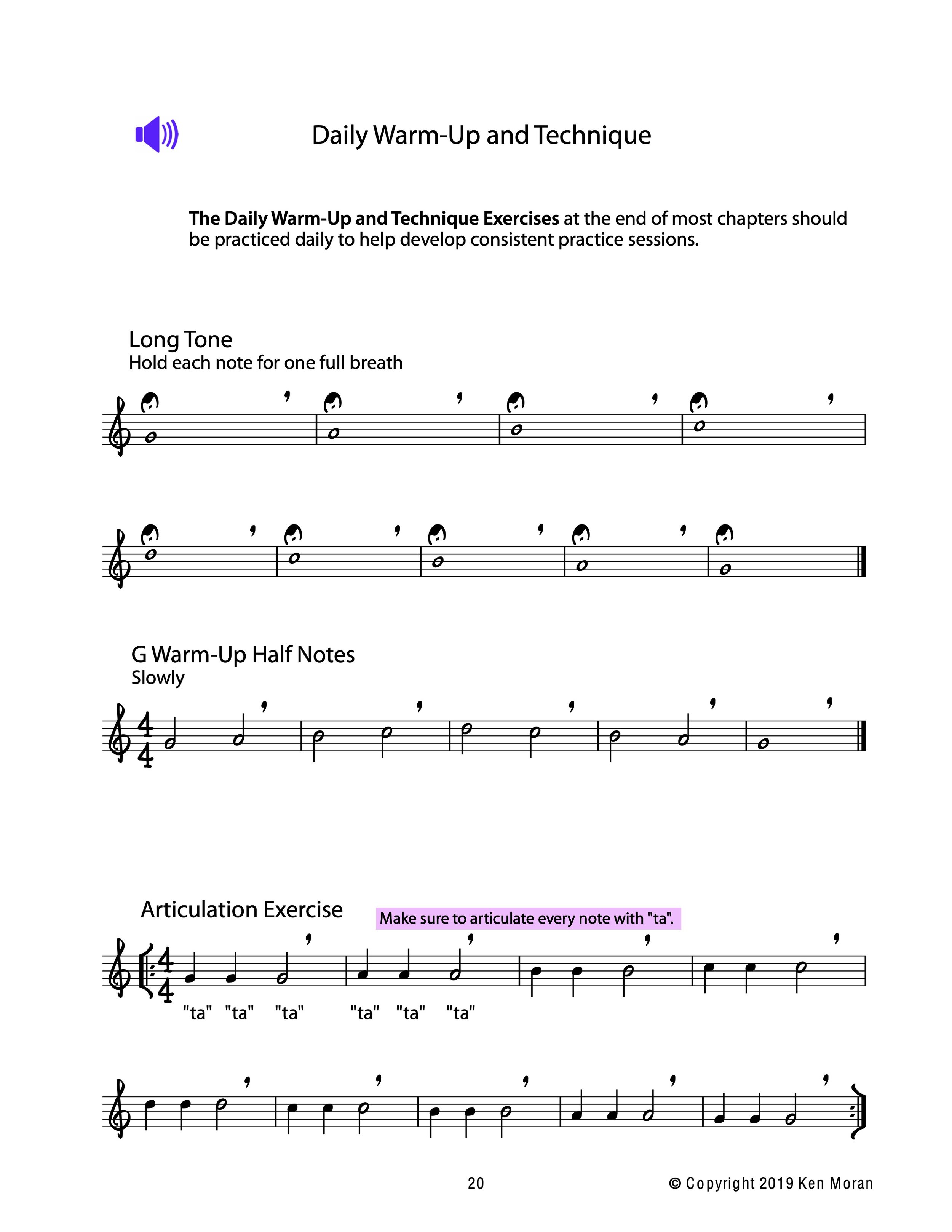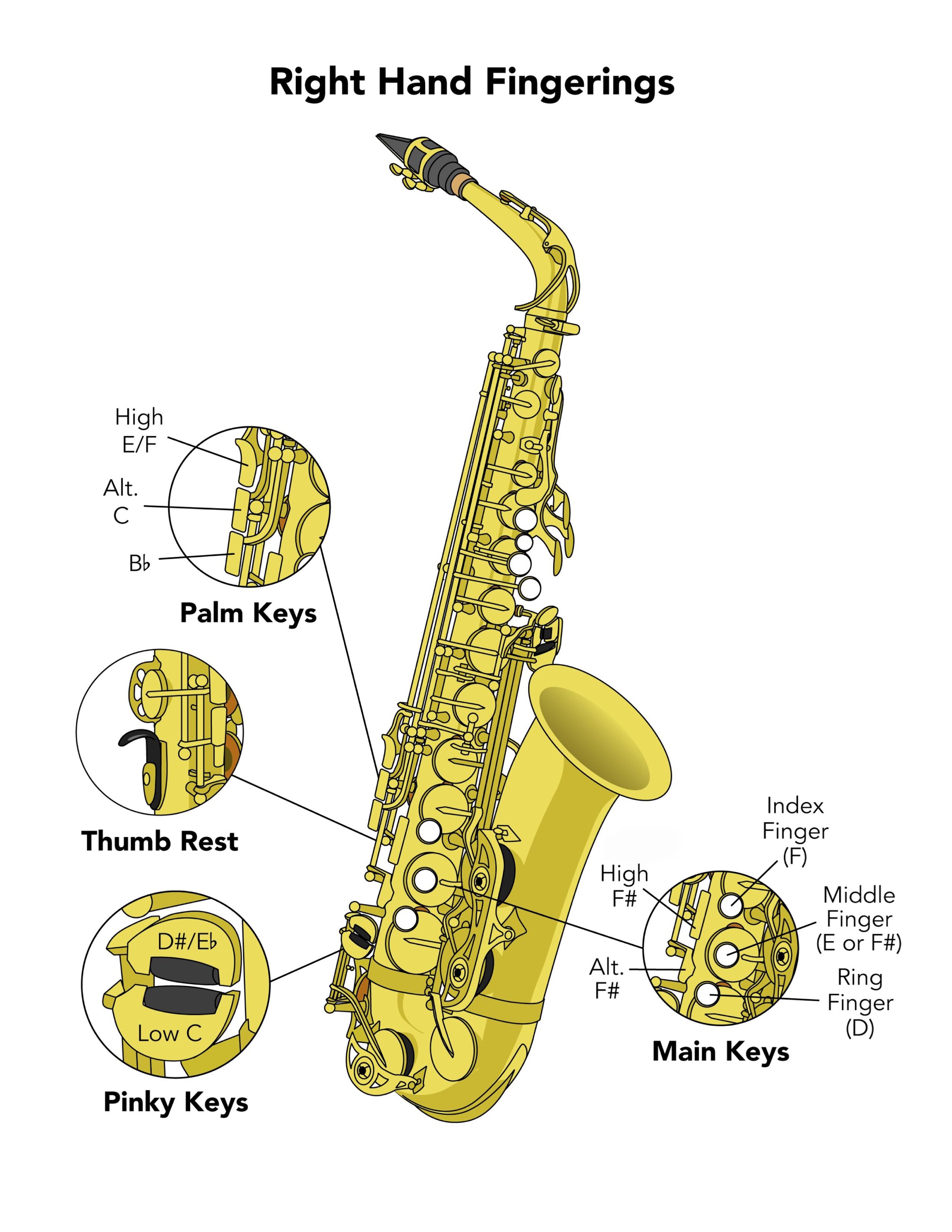Premium Ligatures for Saxophone and Clarinet
Ken Moran
Standard metal ligature and mouthpiece cap.
I have heard too many times, "it's not the equipment, it's the player and how much you practice!" While this is true to a certain extent, the equipment (and in this case the ligature) you use to play your instrument can make a substantial difference in your tone, articulation, and response. All of the sound is produced from the reed, mouthpiece, and neck so this part of the instrument is extremely important. Even as a beginner, using an upgraded ligature will allow you to have an easier time playing and learning the instrument. Let's begin with clarinet. The standard metal ligature that comes with most clarinets and saxophones works just fine, but there are better options.
Rovner ligatures for saxophone and clarinet
Rovner ligatures are a great option for both saxophones and clarinet. They are inexpensive, effective, and easy to use with a one screw design. The Rovner L6 ligature (pictured above) is for alto saxophone but the same design is available for clarinet. The slotted design will feature a slightly brighter sound, more suitable for jazz, contemporary, and all styles of music. The un-slotted version has a darker sound and will be the most appropriate for classical styles of music. If you would like to get a but fancier, then you can go for the Rovner Versa ligature, which has a built in tone plate that will improve tone quality and open up the sound even more.
The Rico H Ligature for clarinet and saxophone.
Currently, I am playing a Rico H Ligature on my clarinet. I really like this ligature because it is inexpensive and produces a bright and open sound. The "H" style shape is meant to provide even pressure across the reed. In addition, the mouthpiece cap is excellent. You wouldn't think the mouthpiece cap would matter, but in fact it is very important because the cap can make the difference in keeping your reed safe and in good condition. The build quality is great and it fits securely over the mouthpiece. For those seeking a darker sound, Rovner makes several leather-like ligatures that work well and darken the sound just a bit. One example is the Rovner 1R clarinet ligature. BG also make some quality products and I do like the L4 R ligature. This features a tone plate under the reed which can cause he reed to vibrate more and therefore produce more sound. If you are looking for a good, inexpensive ligature for saxophone, I would recommend the Rico H ligature as well.
The Ultimate Ligature for saxophone by Francios Louis.
Francios Louie Makes some truly amazing ligatures for woodwind instruments and I have tried several over the years. I believe he was one of the first to have some serious success with innovate saxophone ligatures. Currently, his ligatures are used all over the world by classical and jazz players. For serious saxophone players, I would suggest checking out the Ultimate Ligature by Francios Louis. The concept behind this interesting looking piece is minimal contact with the mouthpiece, thus allowing the reed to vibrate freely. This ligature really does open up the sound and produce some amazing results, but it's not for every mouthpiece. I found this ligature to be a little too bright and less focused with my metal mouthpiece. The Pure Brass ligature is based on the same principles and is one of the more recent models. I have found the Pure Brass to help produce a slightly darker tone but it also amazingly opens up the sound. The Ultimate ligatures do come with an unusual mouthpiece cap that only covers the reed (which isn't my favorite), but because of it's awkward shape standard mouthpiece caps will not fit. Personally, I have really enjoyed using the Olegature on my hard rubber mouthpiece. This ligature is beautifully crafted and provides a very open and warm sound with an extremely even response. Furthermore, the two screws can be tightened or loosened to create varying pressure on the reed and change the tone and response. Not only does it look good, but it's functional as well!
The Olegature for saxophone and woodwind instruments.
There are so many options for instrument accessories these days and the only real way to find what works for you is to experiment. I have a drawer of ligatures that I have used over the years but finally have a setup that works for me. In my next post, I will post fingering charts for saxophone, clarinet, and flute. Until next time!














